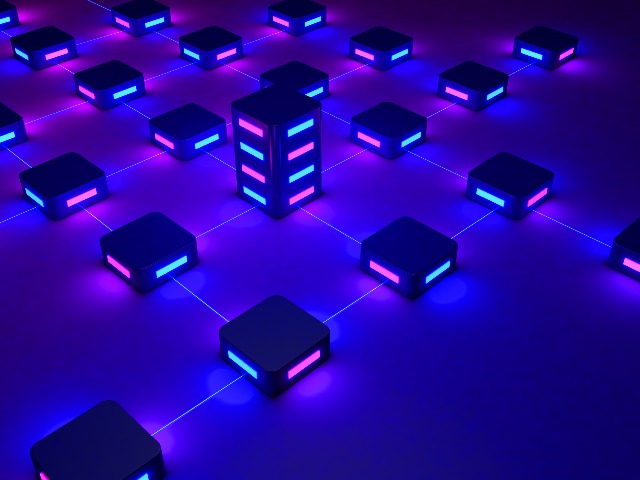What are enterprise blockchains and why should we care?
| Datum: | 17 december 2021 |

Recently, blockchains have received significant media attention due to the rise in cryptocurrency prices. Digital money such as Bitcoin and Ethereum is perhaps the best-known application of blockchains. However, an even stronger promise lies in enterprise applications where security, transparency, and trust are critical. Let’s take a look at some examples.
Enterprise Blockchains
TradeLens, FoodTrust, Vinturas, GSBN, PharmaLedger, and SkyGrid are just a few of the many enterprise blockchain applications. Enterprise blockchains are typically based on “private” networks where participation is restricted to specific firms. One of the key benefits of enterprise blockchains is that they provide a high level of transparency and security because data is stored in multiple locations simultaneously and constantly synchronized, which makes it harder to manipulate or delete data without raising alarms in the network. Enterprise blockchains also have the advantage that firms have stricter control and can ensure that everybody is playing by the rules. This reduces the need for energy-intensive “consensus” mechanisms used in public networks as a safeguard against malicious attacks.
Corporate Social Responsibility
An interesting application of enterprise blockchains can be seen in the context of corporate social responsibility (CSR). As the name “block-chain” suggests, a blockchain creates a continuous record of data allowing users to trace each transaction back to the first event. This makes it easier to trace the origin of goods in a supply chain. Ford and Volkswagen, for example, use a blockchain developed by IBM to track the origin of cobalt used in their batteries and reduce the risk of child labor in mining.
Marketing
Another popular application is marketing. Many well-known brands are fighting counterfeit products, while consumers struggle to distinguish genuine products from fake ones. A blockchain can solve this problem by storing information about a brand’s authenticity in a blockchain that consumers can access via a QR code. Since counterfeiters cannot copy a blockchain-backed QR code the way they can fake a logo, the brand is digitally protected. For example, the luxury brand Breitling has joined forces with other luxury watch brands to protect their watches from counterfeiting. Information about the authenticity of each watch is stored permanently and immutably in a blockchain, so that even buyers of used watches always know whether they are buying a genuine luxury watch.
Operations
A more recent application is found in process management. Companies can use a blockchain to create a digital workflow that facilitates process control through clear sequencing of tasks and transparency throughout the organization. For example, a chemical company in the northern Netherlands implemented a blockchain-based process control developed by NorthChain and found that production frequently deviated from laboratory specifications, resulting in ten percent of the production being wasted. The process control and transparency of the blockchain reduced this waste to zero, and also freed up resources that were previously used for waste management.
The above examples are just a few of the many applications of enterprise blockchains. In recent years, the technology has reached a high level of maturity so that even companies with little or no IT experience can deploy blockchains. To learn more about enterprise blockchains and their applications, read our recent publication on the topic and watch our YouTube dialogue between academics and practitioners.
Author: Marvin Hanisch - m.hanisch rug.nl

